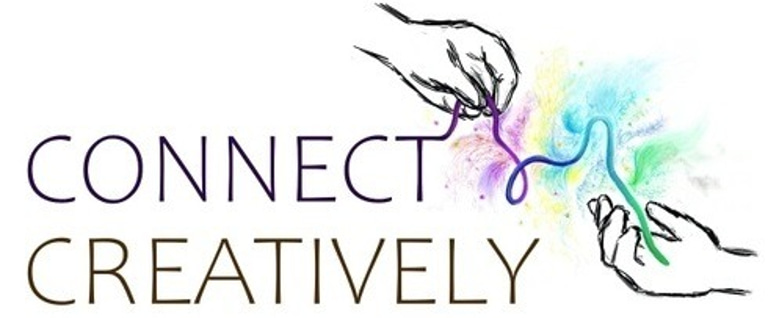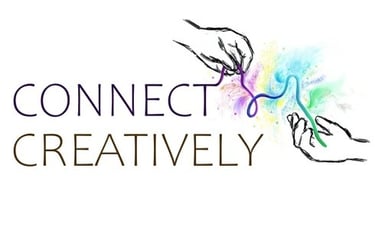Preventing Youth Dating Violence
How do we talk to our children, family members, friends? How do we prevent dating violence?
PARENTING RESOURCES
7/20/20233 min read


Toronto declares gender-based intimate-partner violence an epidemic.
This topic has been a burning issue in my heart as I have worked with clients who are victims of dating violence; hurt to the point of having an acquired brain injury, emotionally traumatized, physically unable to walk. I have also worked with clients struggling with mental illness and addiction, who were charged with such an offence, who I was working with to rehabilitate and re-integrate into society. There are two sides of every coin.
As a mother of two young children, I am horrified. I do not want my children to grow up in a society where 1 in 3 adolescents experience youth dating violence. These are not good odds.
Let's look at the statistics:
Those involved in dating violence are most likely to speak to their family members, friends (versus a teacher/ counsellor/ therapist)
Seeking information online is rated as the most comfortable and accessible form of education)
Adolescents who are at-risk (14-16 years old) may have experienced a history of maltreatment
Effective intervention and prevention consists of:
Education to learn about healthy, non-abusive relationships (Wolfe et al, 2003; Peskin et al, 2019); individuals should be able to identify emotional, physical, sexual, or cyber abuse
Conflict resolution skills
Community skills (identify self-needs, self-care, coping strategies)
What do we do?
We need to know how to talk to our friends, family, and children about this important issue
We need to decrease stigma around talking about dating violence
We need to share knowledge about how to support youth and the laws around youth dating violence
We cannot simply blame and cause shame, we need to identify early warning signs and focus on prevention
Resources
Check out Raison D'Art creative and engaging online resources here.
They have built innovative resources around dating violence, education and prevention, combining art and education to create social impact
Topics:
- Healthy relationships
- Gender stereotypes
- Digital media (Communication)
- Dating Scripts (Perspective Taking)
- Consent (Intimacy & Boundaries)
- Be the Change


Check out Radius Child & Youth's intensive intervention program for youth (age 12-24) who have used dating violence. It is an evidence-based, free service, with a strengths-based focus to intervene and prevent.
"The person is not the problem, youth dating violence is the problem"


Contact Connect Creatively for individualized art therapy or psychotherapeutic support, if you or someone you love is involved in dating violence.
Art therapy can decrease psychological trauma symptoms associated with dating violence and may decrease symptoms of depression (Schouten et al., 2015).
It can also be a way for clients to process relationships, understand themselves, and commit to making choices that are in line with their values.


References
Amy K. Backos MA & Barb E. Pagon MA, ATR-BC, LSW (1999) Finding a Voice: Art Therapy with Female Adolescent Sexual Abuse Survivors, Art Therapy, 16:3, 126-132, DOI: 10.1080/07421656.1999.10129650
Close SM (2005) Dating violence prevention in middle school and high school youth. Journal of Child and Adolescent Psychiatric Nursing, 18:2–9.
Egale Canada, “Youth dating violence: two innovative Canadian interevntions”. Lecture, Western University, May 2001Schouten, K. A., de Niet, G. J., Knipscheer, J. W., Kleber, R. J., & Hutschemaekers, G. J. M. (2015). The Effectiveness of Art Therapy in the Treatment of Traumatized Adults: A Systematic Review on Art Therapy and Trauma. Trauma, Violence, & Abuse, 16(2), 220–228. https://doi.org/10.1177/1524838014555032
Tucker, N. , Treviño, A. L. (2011). An Art Therapy Domestic Violence Prevention Group in Mexico. Journal of Clinical Art Therapy, 1(1), 16-24, retrieved from: https://digitalcommons.lmu.edu/jcat/vol1/iss1/7
Waters, L., Dussert, D., Loton, D. (2022). How Do Young Children Understand and Action their Own Well-Being? Positive Psychology, Student Voice, and Well-Being Literacy in Early Childhood. International Journal of Applied Positive Psychology
Wolfe DA, Wekerle C, Scott K, Straatman AL, Grasley C, Reitzel-Jaffe D. Dating violence prevention with at-risk youth: a controlled outcome evaluation. J Consult Clin Psychol. 2003 Apr;71(2):279-91. doi: 10.1037/0022-006x.71.2.279. PMID: 12699022.
Raison D'Art : https://www.raisondart.org/portraitx-resources
Scott, K., Baker, L., Jenney, A., Lopez, J. ,Straatman, A.L., Antwi-Mansah, D., Cullen, O., Jones, K., Pietsch, N., and Expert Working Group Members. (2022). Recognizing critical expertise: A knowledge and skills framework for intimate partner violence specialists. London, ON: Centre for Research & Education on Violence Against Women and Children.


